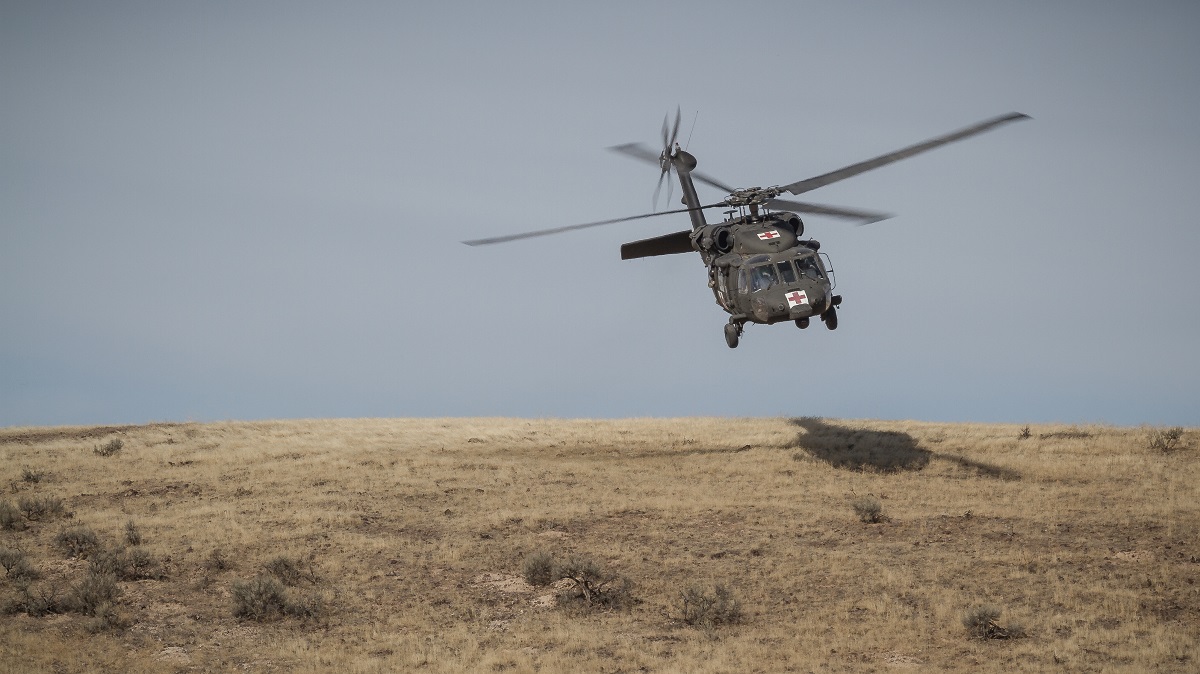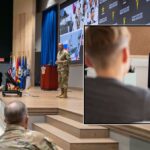
In our last episode, we examined the relationship between military medicine and tactical effectiveness, as well as some of the incredible advances in combat medical care over the last few decades. In this episode, Manny Menendez asks some hard questions about how well the excellent casualty evacuation (CASEVAC) system developed and refined over 20+ years of combat in Afghanistan and Iraq will transition to large-scale combat operations. In a wide-ranging discussion with podcast host Darrell Driver, Manny discusses the problems of mass casualties, enemy anti-air capabilities, organizational culture and societal expectations about casualty care. In his Army War College research project, Menendez suggests the Army must alter its approach to CASEVAC, giving the example of pairing a ride-sharing system combined with a grab-and-go philosophy that strikes a different balance between tactical need, specialized medical care, and speed of evacuation.
Yes, the casualty is important, but the fight going on all around you is critical…It’s the firefight that’s actively going on at the moment and maintaining freedom of maneuver for the commander so you can, ideally, win the fight so we don’t generate more casualties.
Podcast: Download
Manuel Menendez is a lieutenant colonel and physician assistant in the U.S. Army. He is the incoming Command Surgeon for Special Operations Command North and a graduate of the AY23 Resident Course at the U.S. Army War College.
Darrell Driver is Professor in the Department of Military, Strategy, Planning and Operations at the U.S. Army War College.
The views expressed in this presentation are those of the speakers and do not necessarily reflect those of the U.S. Army War College, U.S. Army, or Department of Defense.
Photo Description: U.S. Army UH-60 Black Hawk helicopter pilots assigned to 16th Combat Aviation Brigade fly overhead during medical evacuation training at Orchard Combat Training Center, Idaho, Oct. 8, 2016. Over 1,000 soldiers from 7th Infantry Division are participating in Raptor Fury, an exercise to validate 16th CAB’s mission readiness.
Photo Credit: Capt. Brian Harris





An excellent and thoughtful discussion on future combat medical challenges facing combat operations. The advanced medical training for medics is a great recommendation. We could also continue to enhance combat soldier medical skills to stabilize wounded.
Consider using combat training centers to validate options.
Great discussion that leads to other problems of LSCO in terms of operations, logistics, transportation, personnel replacement, and best possible medical outcomes. I found moving the “choke point” and planners determining where on the battlefield is best for the Soldier and the system very poignant. LSCO will challenge all of our systems that are built for peacetime efficiency.
Since Vietnam, MEDEVAC has always been a dedicated transport with on board medical care (Medic) in either a ground or normally helicopter air ambulance. Throwing someone in a truck or helicopter was know as CASEVAC. They were being transported usually a Medical Treatment Facility (MTF) but no dedicated medical care. Why does this matter? Many times, the Medic understands where the specific specialities were located on the respective MTF’s. Saves lots of time if a dedicated MEDEVAC treats the patient en-route and they take him/her to the best location.
While the “GWOT wars” were fought by brave and dedicated medical soldiers, many times they rotated into a theater where previous MTF’s and MEDEVAC platforms were in place. This whole process is really complicated when you “kick the door in” or go into a new theater of war.
I am glad that we are continuing this critical discussion of how best to do MEDEVAC/CASEVAC on a future battlefield. I fear that many lessons learned from the past have been forgotten.